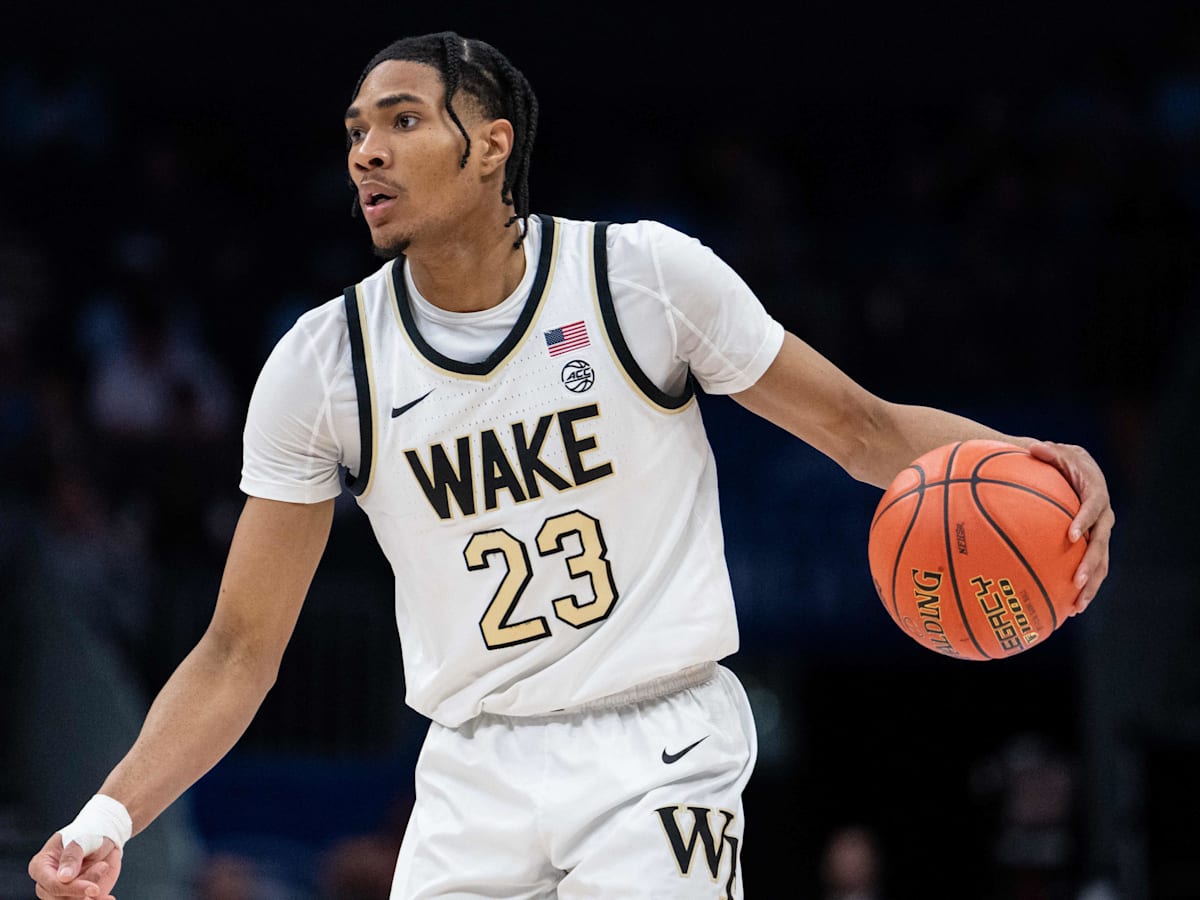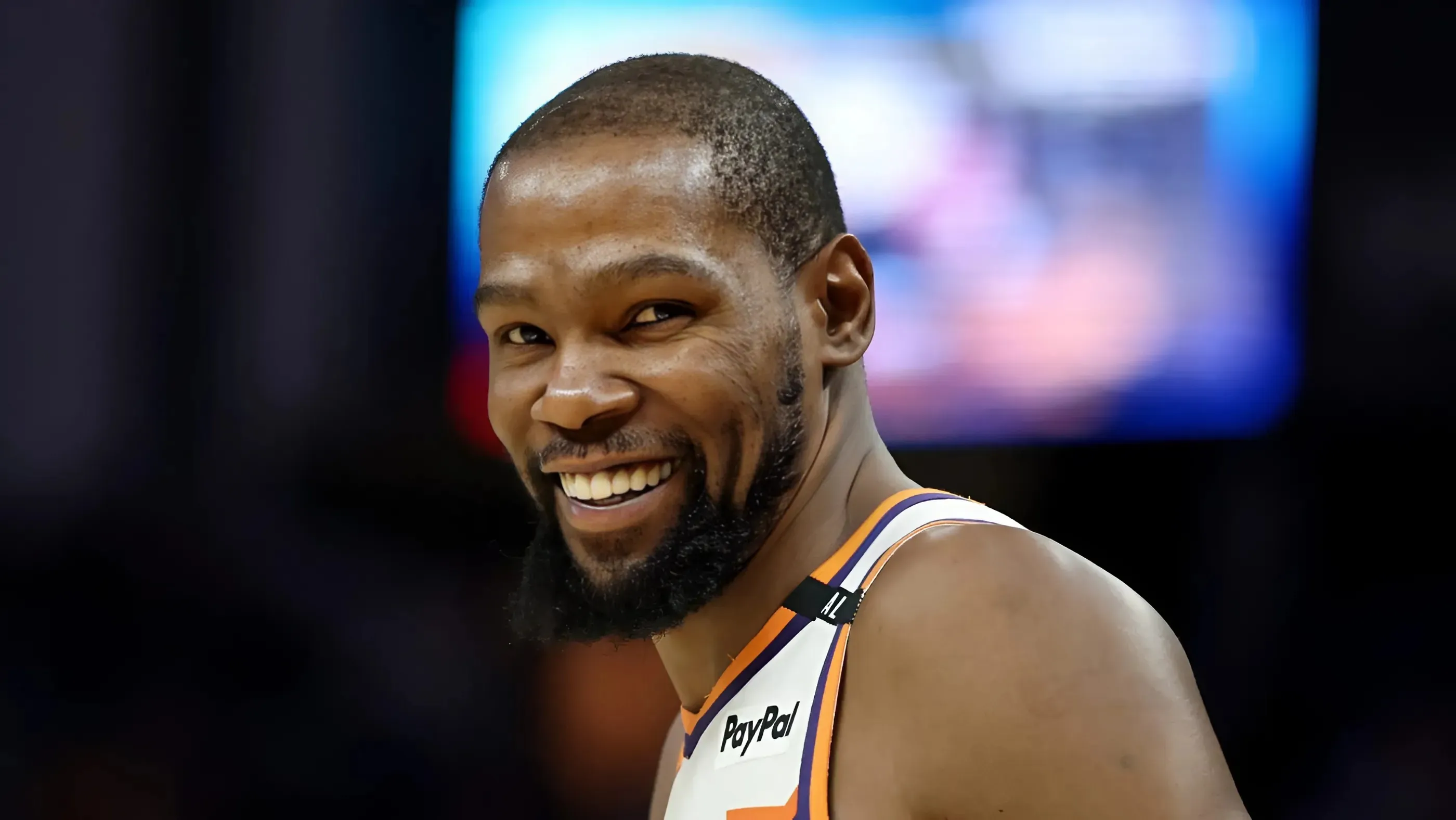The Chicago Bulls' looming first-round pick is the talk of the town, as it should be. The Bulls are in need of another franchise-altering talent to pair with soon-to-be All-Rookie Teamer Matas Buzelis, who was selected with the 11th overall pick last June.

In addition to Buzelis, the Bulls roster includes 22-year-old Josh Giddey and 25-year-old Coby White. Four of the Bulls' most valuable players will be 25 years or younger next season. That's not even mentioning 21-year-old Julian Phillips, 22-year-old Dalen Terry, 23-year-old Patrick Williams, and 25-year-old Ayo Dosunmu.
Second-round picks are becoming extremely important
There's a lot of pressure on the Bulls' Front Office to add a high-impact rookie. However, Chicago's first second-round pick in years is nearly equally as important. A stringent Collective Bargaining Agreement, combined with the NCAA's Name Image Likeness (NIL), has heightened both the need for and the actual impact of second-round prospects.
Various respectable teams, including several with subpar salary cap situations, relied on late first and second-round picks as rotation regulars. The Phoenix Suns played Ryan Dunn (28th overall) and Oso Ighodaro (40th overall) over 1,000 minutes a season ago. Moreover, the Memphis Grizzlies started the 39th pick, Jaylen Wells, in 74 games, and the Golden State Warriors trotted out Quinten Post (52nd overall) for 12.2 minutes per game in the postseason.
The second round has seemingly shifted from producing high-ceiling, underdeveloped prospects to high-floor, college veterans due to student-athletes' preference to stick around in the collegiate ranks. 23 of the 28 second-round picks a year ago were at least 20 years old or had played more than a season of college basketball. To put matters even more into perspective, half of last year's second-rounders were 22 years old by the time the season started. As a comparison, only seven of 30 first-rounders were at least 22 years old when the 2024-25 campaign kicked off.
Bleacher Report mocks Hunter Sallis to the Bulls with the 45th pick
Teams are eyeing plug-and-play prospects more than ever, and that's the exact prospect Bleacher Report linked to the Bulls in the second round of their post-combine mock draft. NBA Draft expert Jonathan Wasserman has Chicago selecting Wake Forest senior guard Hunter Sallis.
Sallis has suited up for 135 contests between his time at Gonzaga and Wake Forest. In four seasons, Sallis totaled 1,498 points, 446 rebounds, 247 assists, and 119 steals. The 6-foot-5 guard's best seasons came as a member of the Demon Deacons. In his final two seasons in Winston-Salem, Sallis averaged 18.1 points, 4.6 rebounds, 2.7 assists, 1.8 steals, and 1.8 three-pointers per game.
The 6-foot-5 guard is especially shifty and crafty in the mid-range. Wasserman wrote, "…consecutive years averaging 18 points, effective self-creation and three-level shotmaking should generate second-round interest." However, this comes after Wasserman downplayed Sallis' lead guard potential.
Despite measuring just under 6-foot-4 without shoes at the draft combine, Sallis' positional size teeters between an NBA point guard and shooting guard. Nonetheless, his subpar assist numbers scream two-guard. Sallis played with a score-first mentality, averaging north of 13.5 field goals per game in his junior and senior campaigns. Yet, Sallis' 6-foot-10 wingspan helps put positional questions to rest.
22 years old before the start of next season, Sallis figures to make an immediate difference as a change-of-pace secondary creator, one who fits well in Billy Donovan's uptempo offense. With more than enough ball-handlers, Sallis wouldn't be pressed to facilitate in the Bulls' offense. His role would be to come in and score, alongside more gun-shy reserves, Williams, Terry, Phillips, and Lonzo Ball.
After hopefully selecting a frontcourt prospect with the 12th overall pick, Chicago can go with the best available or, as referenced above, a plug-and-play prospect in the second round. If anything, Sallis is a suitable replacement for one of many guards who will enter unrestricted free agency a year later.

-1749869101-q80.webp)

